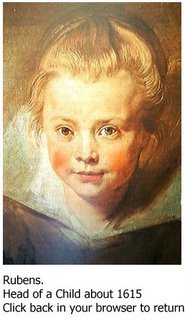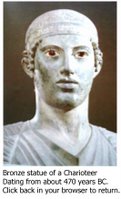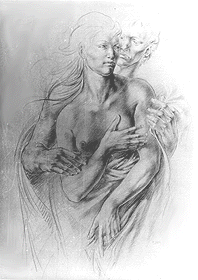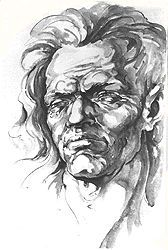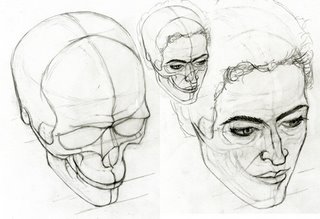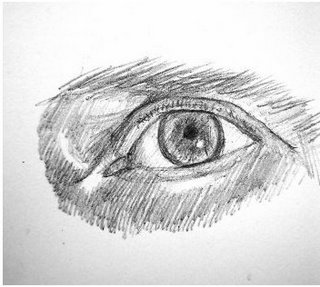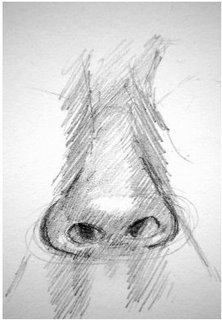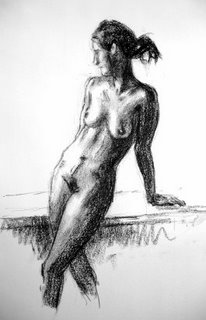Portrait History #6
Rembrandt Van Rijn and Joshua Reynolds
Rembrandt Van Rijn and Joshua Reynolds a short history of these artists.

The greatest painter of Holland, and one of the greatest painters that ever lived, was Rembrandt van Rijn (1606-69) who was a generation younger than Frans Hals and Rubens, and seven years younger than Van Dyck. We feel that we know Rembrandt perhaps more intimately than any of these great masters, because he left us an amazing record of his life, a series of self portraits ranging from the time of his youth when he was a successful and even fashionable master, to his lonely old age when his face reflected the tragedy of bankruptcy and the unbroken will of a truly great man.

Here we show Rembrandt's face during the later years of his life. It was not a beautiful face, and Rembrandt Van Rijn certainly never tried to conceal his ugliness. He observed himself in a mirror with complete sincerity. There is no trace of a pose, no trace of vanity, just the penetrating gaze of a painter who scrutinizes his own features, ever ready to learn more and more about the secrets of his human face.
It was only a generation later that an English painter was born whose art satisfied the elegant society of eighteenth - century England-Sir Joshua Reynolds (1723-92). Unlike Hogarth, Reynolds had been to Italy and had come to agree with the connoisseurs of his time that the great masters of the Italian renaissance - Raphael, Michelangelo, Correggio - were the unrivalled exemplars of true art.
